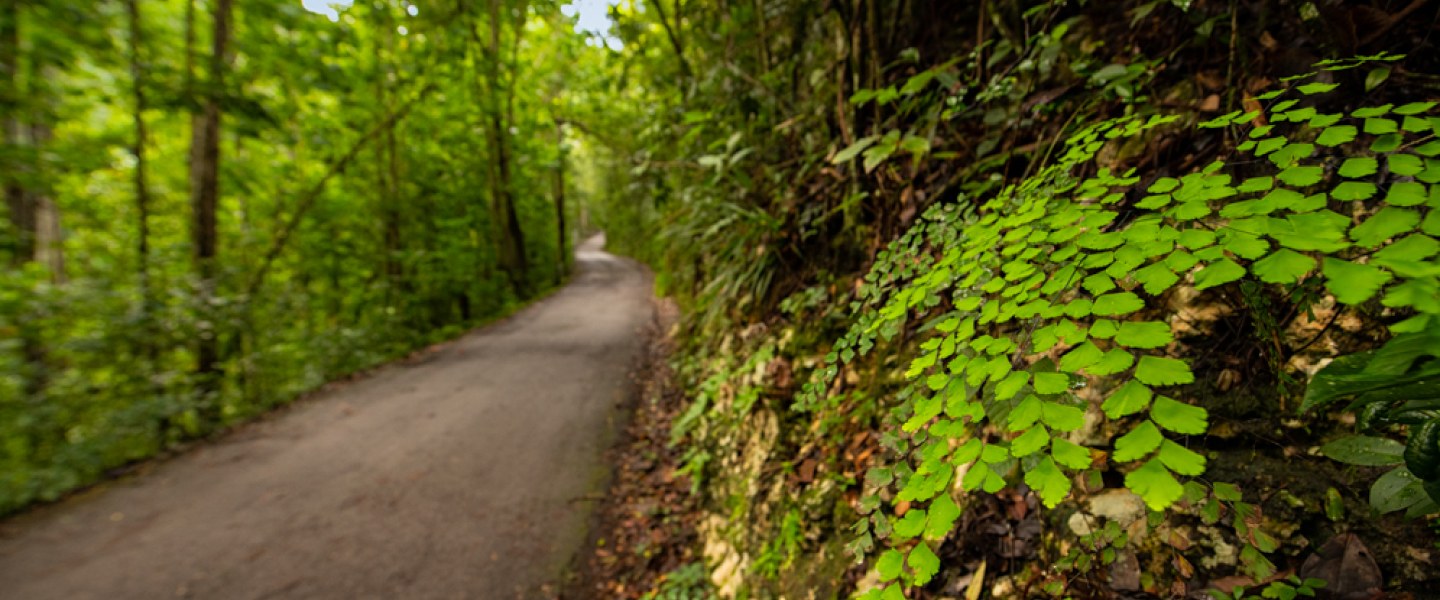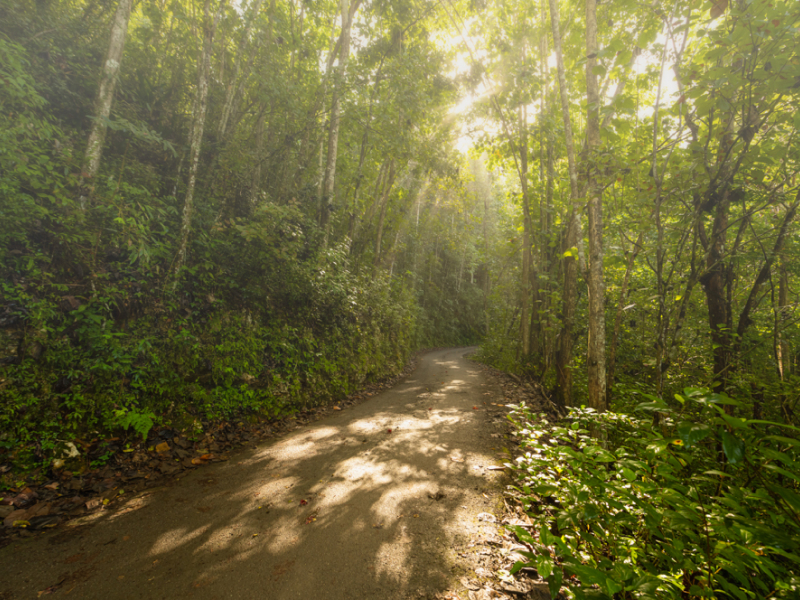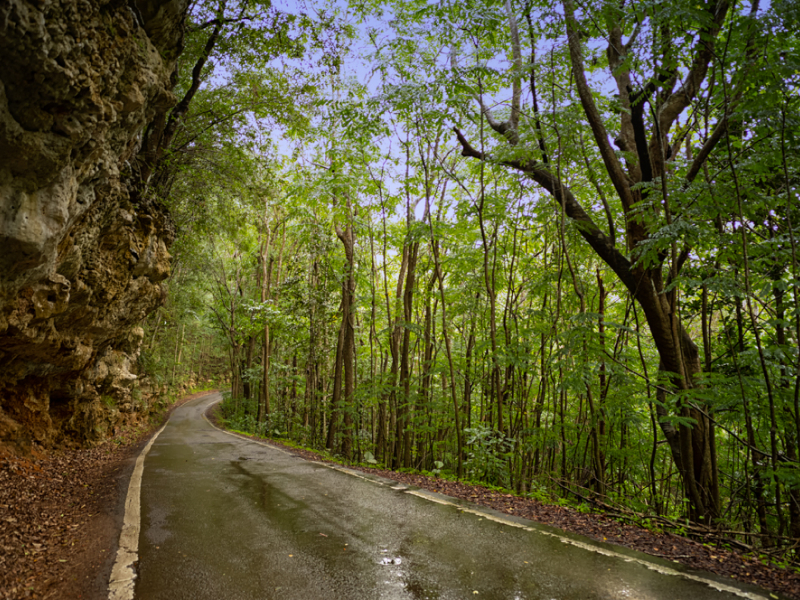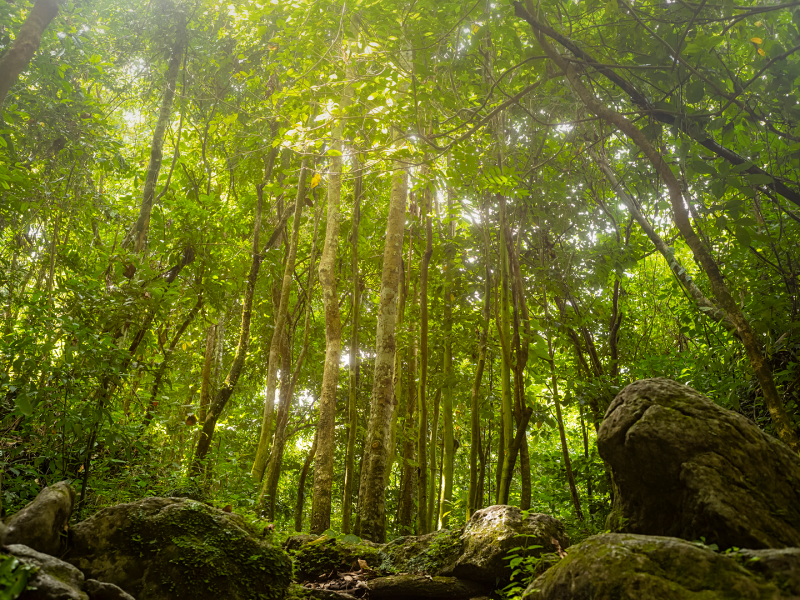Land conservation

We collaborated in the acquisition of the Cabo Rojo salt flats, an important area for aquatic bird species.
CDK manages two private natural reserves: the Mata de Plátano Natural Reserve (110 acres) and the El Tallonal Natural Reserve (294 acres), both located in the municipality of Arecibo.
Además, tenemos un acuerdo colaborativo con el Servicio Forestal de los Estados Unidos para la conservación de la franja kárstica del norte de Puerto Rico, a través del Programa de Legado Forestal del Servicio Forestal en el cual CDK ha ayudado al DRNA a comprar fincas privadas utilizando las normas de tasación del gobierno federal. Hasta el 2019, CDK ha identificado más de 500 fincas elegibles para adquisición en lo que se conoce como el Área de Legado Forestal Caonillas-Dos Bocas y ha facilitado la adquisición de más de 2,800 cuerdas.
CDK has also assisted in the creation of various conservation easements throughout the Island. For example, conservation easements have been established for 39 acres in the Tanamá area in Arecibo, 211 acres in Morovis, approximately 200 acres in Cayey and another 450 acre easement in Caño Tiburones de Arecibo – through a collaboration with the Fideicomiso de Conservación de Puerto Rico (now Para La Naturaleza) and Citizens in Defense of the Environment (CEDDA) in Caño Tiburones.
The 3,400-acre Caño Tiburones Nature Reserve, was established in the late 1990s, after bringing an injunction with Citizens in Defense of the Environment of Arecibo against the DRNA and the Lands’ Authority, because they wanted to pump the largest herbaceous wetland in Puerto Rico after more than three years of the pumps being stopped, which allowed for the birdlife to be restored. The Court sided with us and we reached an agreement with both agencies to establish the Caño Tiburones Nature Reserve.
The most significant achievement from a conservation standpoint was the designation of the “Regulation of the Karst Special Planning Area Plan” by the Planning Board and the DRNA in 2014, after 12 years of handling a case for violation of Law 292 (Puerto Rico Karst Physiography Protection Law) in the First Circuit Court. It provided for a special designation category as “protected land” to more than 232,000 acres in the karst based on their ecological, geological and hydrological value.





